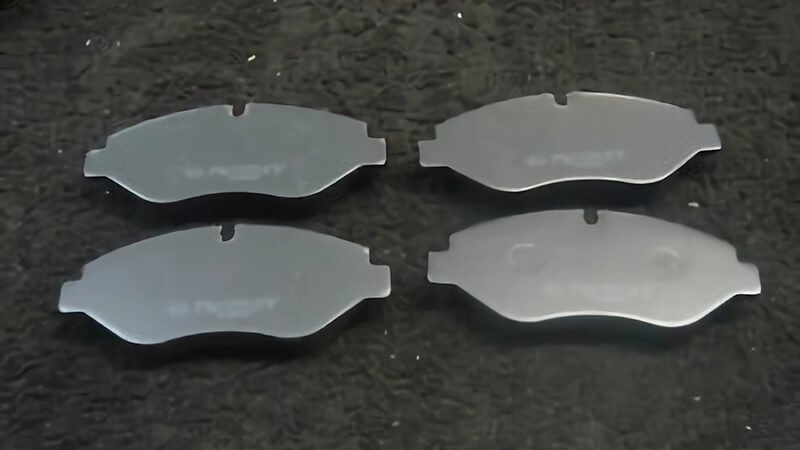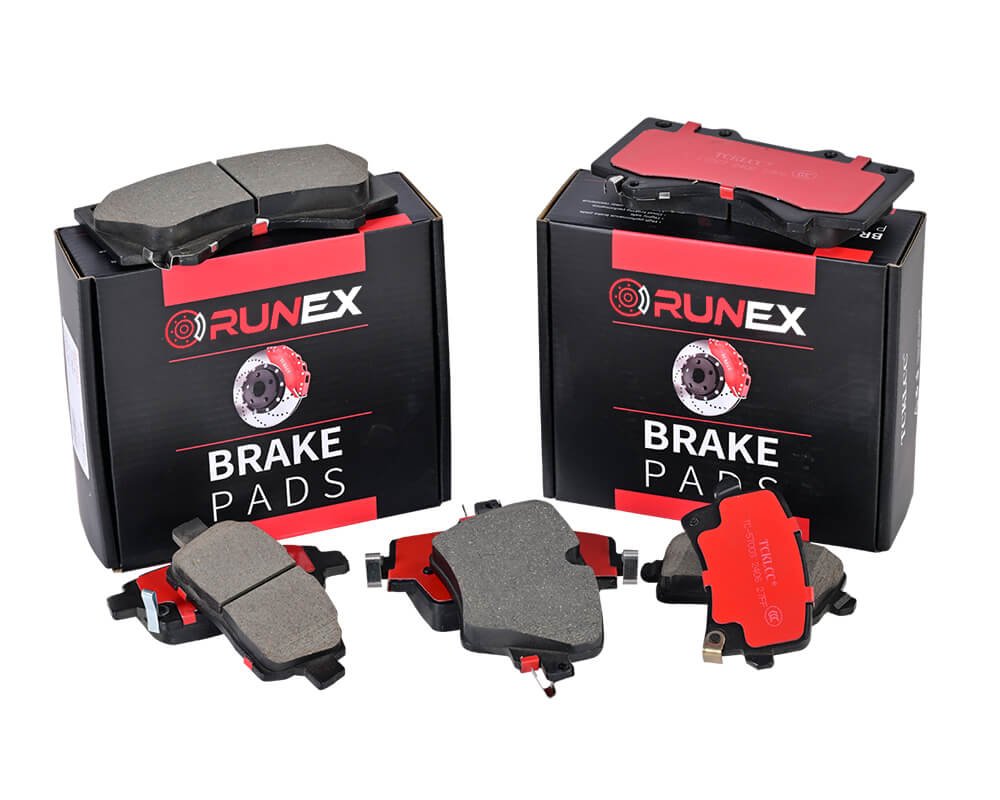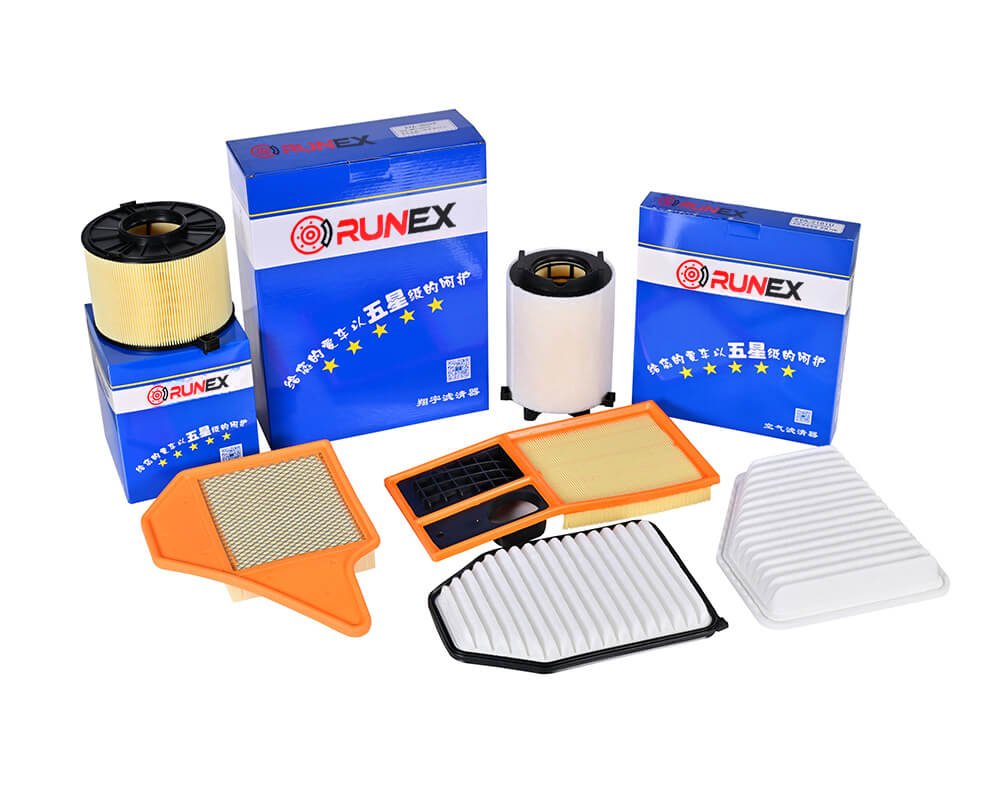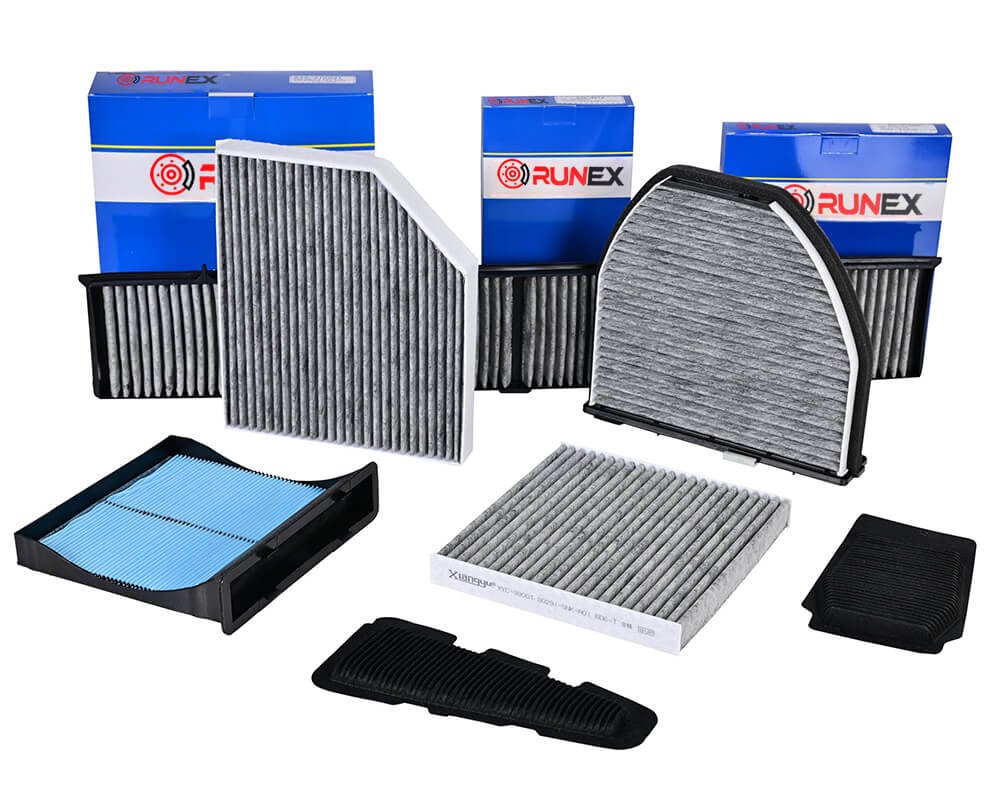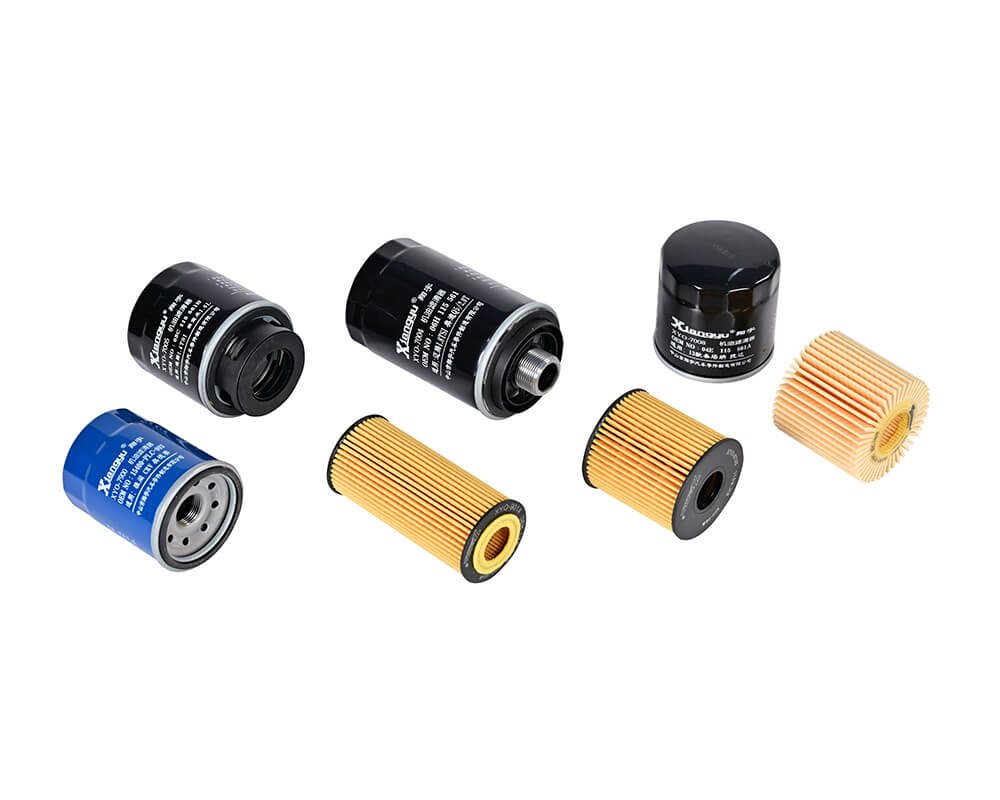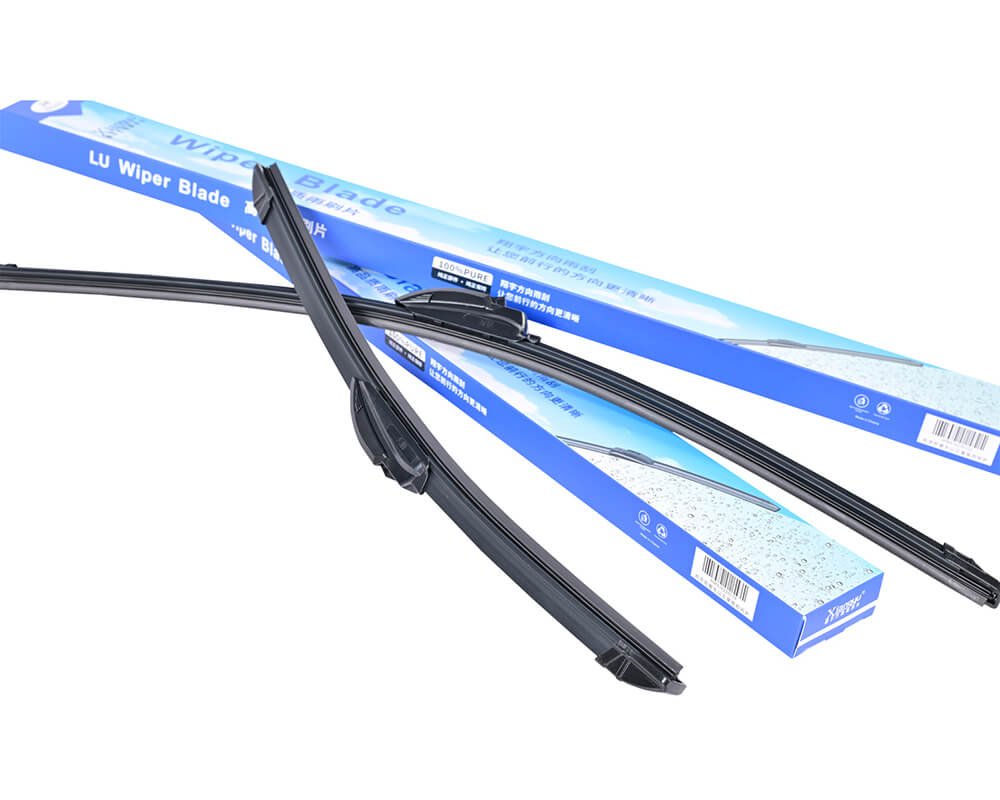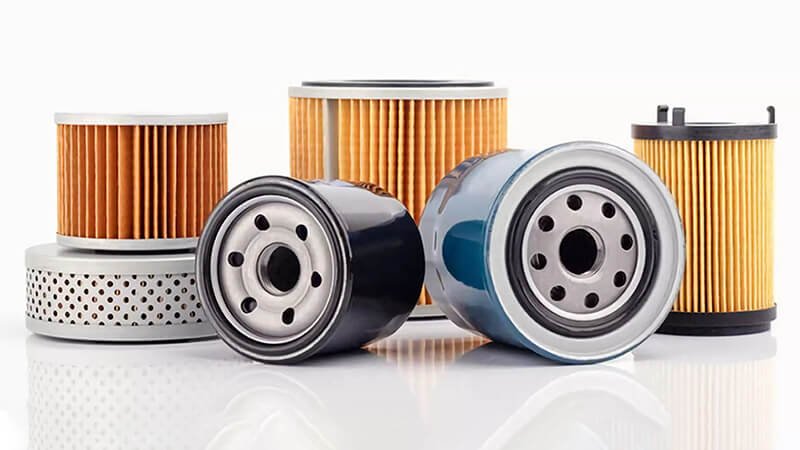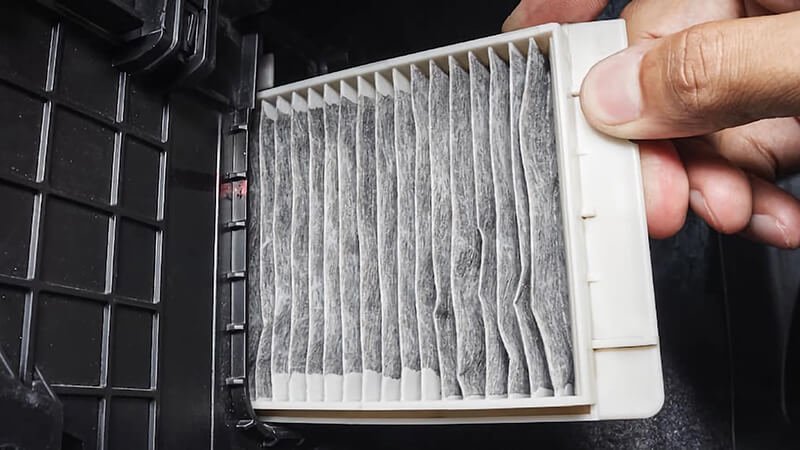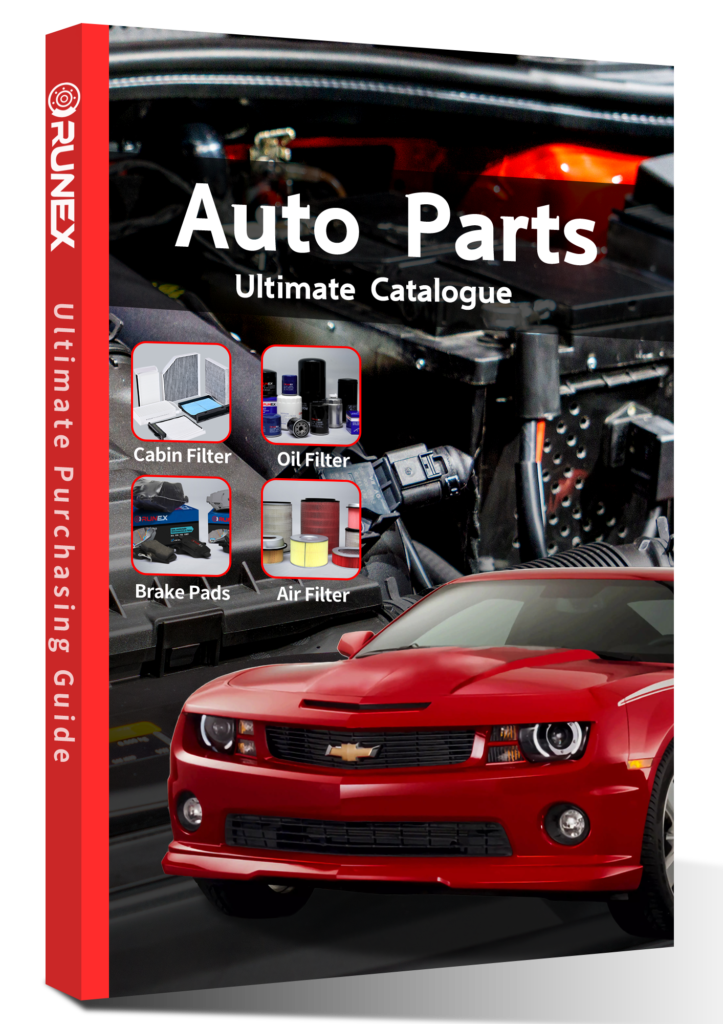Is replacing brake pads and rotors a day-long job, or can it be done over lunch? That question pops up more often than you'd think, especially when every minute counts for auto parts distributors, garage owners, and fleet operators.
Replacing front brake pads and rotors usually takes 30–60 minutes per axle for a trained mechanic, making fast turnaround possible—if you're working with reliable, high-quality parts.
You don’t want a part holding up the workflow in a busy shop. I’ve seen firsthand how delays during peak MOT season mess with everything from scheduling to client trust. So, let’s unpack the common questions about replacing front brake pads and rotors, and why what you choose to install makes a difference.
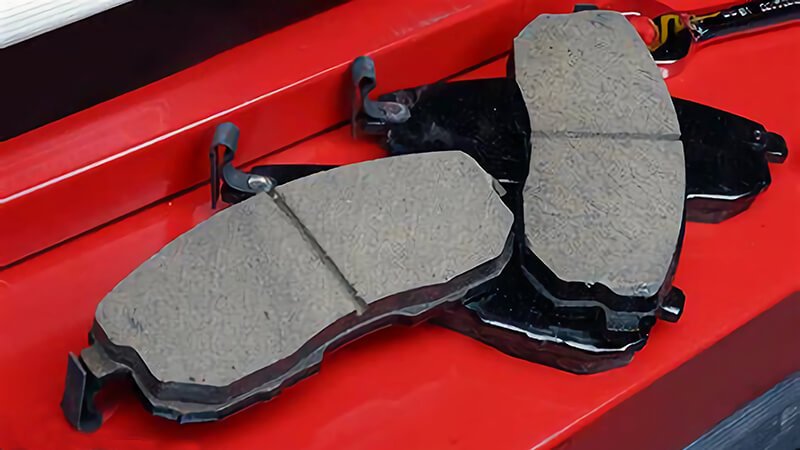
How often should front brake pads and rotors be replaced?
Brake jobs aren't one-size-fits-all. Climate, driving style, part quality—all these affect how often pads and rotors wear out. A quick rule of thumb doesn’t work for every driver, and that’s exactly why shops need parts that can handle the unknowns.
Front brake pads usually need replacement every 30,000 to 70,000 miles, while rotors can last 50,000 to 80,000 miles, depending on usage and material quality.
What shortens or extends brake part lifespan?
| Factor | Impact on Pads/Rotors | Notes |
|---|---|---|
| Driving style | High impact | Aggressive braking = faster wear |
| Climate & terrain | Moderate to high | Wet roads = more corrosion; hills = more brake use |
| Load (vehicle weight) | High | Heavier vehicles stress components more |
| Part material & quality | Critical | Low-quality parts fail earlier, even under light use |
I’ve had clients in rainy parts of the UK tell me their rotors warped1 every 20,000 miles. When we swapped them to Runex brake pads, which use OE-grade friction materials and are designed for even heat distribution, that cycle broke. Rotor life improved. Complaints dropped. It’s not just about when to replace—it’s about replacing with something that lasts.
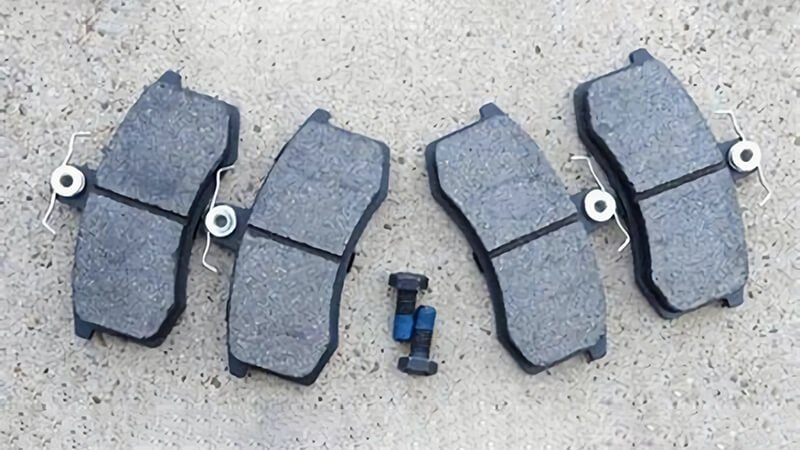
How to tell if brake rotors need replacing?
Not all issues show up with warning lights. Most of the time, rotors talk through feel and sound. Trouble is, by the time a mechanic hears or sees the issue, the customer’s already frustrated. And if the replacement part fails again, it reflects badly on the supplier too.
Common signs include vibration while braking, visible scoring or grooves on the rotor, and unusual noises like grinding or squealing.
What causes rotor damage—and how to avoid it
| Cause | Symptom | Solution |
|---|---|---|
| Uneven pad wear2 | Brake pulsation | Use matched-quality pads like Runex’s for even pressure distribution |
| Overheating | Warping or discoloration | OE-grade friction materials resist heat better than budget alternatives |
| Incorrect installation | Premature wear or squeaks | Follow torque specs, use coated parts if corrosion is a risk |
| Low-quality metallurgy3 | Cracking or flaking | Runex rotors undergo multi-point QC to prevent these structural issues |
Brake rotors don’t just “go bad.” They’re either pushed past their design limits or let down by surrounding parts. I always tell my wholesale clients: if rotors are wearing out too soon, don’t just replace them—look at the pads too. That’s where the real fix starts.
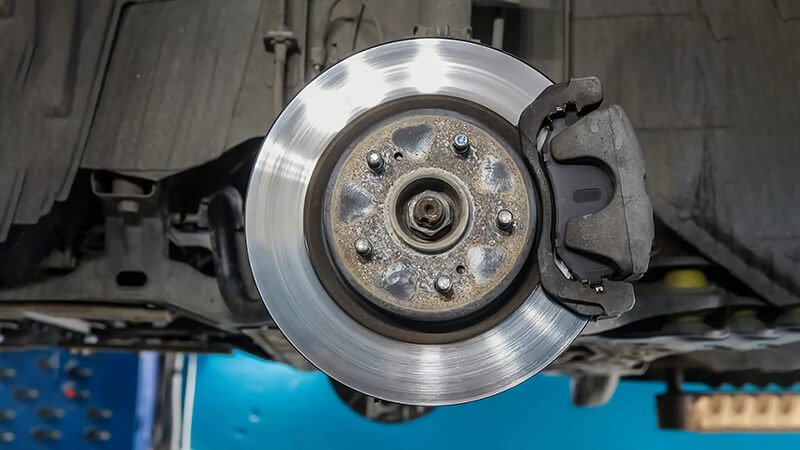
Do you have to change discs when changing pads?
This question comes up every time someone wants to cut costs. Understandable. But skipping rotors when they’re borderline worn just creates more problems down the line—for the driver and the mechanic.
No, rotors don’t always need to be changed with pads—but they must be inspected closely. If they’re below minimum thickness, warped, or heavily grooved, replacement is necessary to avoid uneven wear and safety issues.
Why mechanics sometimes push for full replacement
| Reason | Explanation |
|---|---|
| Pads and rotors wear into each other | A new pad on an old rotor may not seat properly, causing early noise/wear |
| Warranty conditions | Many shops void pad warranty if paired with worn rotors |
| Time efficiency | Changing both now avoids customer comeback and double labor |
| Safety | Thin or warped rotors reduce stopping power and increase risk |
We had one garage partner who insisted on pad-only swaps—until complaints started stacking up. Noisy brakes. Uneven pad wear. We walked him through rotor measurement techniques, and he realized half of them were below spec. Once he moved to full pad-and-rotor kits4 from Runex, returns dropped and customer satisfaction rose.
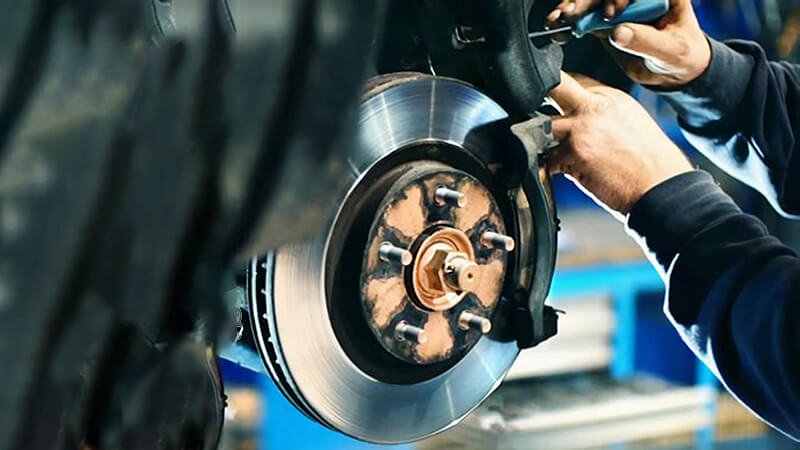
How long does a mechanic take to change brake pads?
Time matters in the workshop. A car on the lift too long throws off the entire day’s schedule. For high-volume garages or MOT seasons, knowing the expected repair time isn’t just helpful—it’s essential for workflow.
An experienced mechanic can replace front brake pads in 30 minutes to an hour per axle, depending on the car model and part condition. Delays usually come from stuck calipers or rusted components.
What affects brake service time?
| Variable | Effect on Service Time | How to reduce it with quality parts |
|---|---|---|
| Vehicle model | Compacts are faster; trucks/SUVs take longer | Choose pre-matched kits5 by car type |
| Part fit and design | Poor fit slows down install | Runex pads6 are precision-cut for smooth installation |
| Rust or corrosion | Can double the time needed | Anti-corrosion coatings on Runex rotors help |
| Tools and experience | Pros move fast; DIY takes longer | Partner with certified workshops for best results |
One of my UK clients runs three MOT lanes in London. During peak months, his team couldn’t afford “fussy” installs. We sent him our full pad-and-rotor kits, all pre-matched, easy to install, and clearly labeled. Now his crew knocks out front brake replacements in under 40 minutes. No rework. No delays.

Conclusion
Brake service isn’t just a technical job—it’s a logistical balancing act. Whether you're a wholesaler shipping parts across borders or a mechanic trying to keep bays moving, the parts you choose matter more than ever. At Runex Auto7, we design our brake pads and rotors to minimize downtime, maximize durability, and simplify the install process. When garages trust the parts, everything flows smoother—from first contact to final bolt.
-
Understanding rotor warping in wet conditions can help you choose better materials and maintenance practices for longer-lasting brakes. ↩
-
Understanding uneven pad wear can help you prevent brake issues and extend rotor life. ↩
-
Exploring the impact of metallurgy on rotors can guide you in choosing better quality parts for safety. ↩
-
Exploring this link will provide insights into how full pad-and-rotor kits enhance brake performance and safety. ↩
-
Discover how pre-matched kits can streamline your brake service process and reduce installation time significantly. ↩
-
Learn about Runex pads and how their precision-cut design can enhance your brake installation efficiency. ↩
-
Know the best auto brake pads from Runex. ↩

